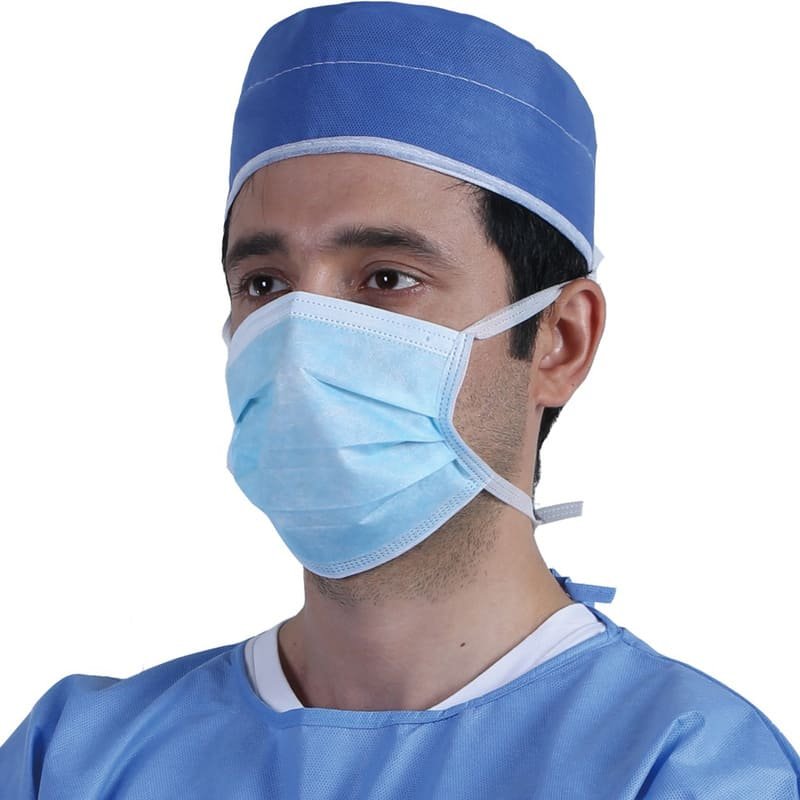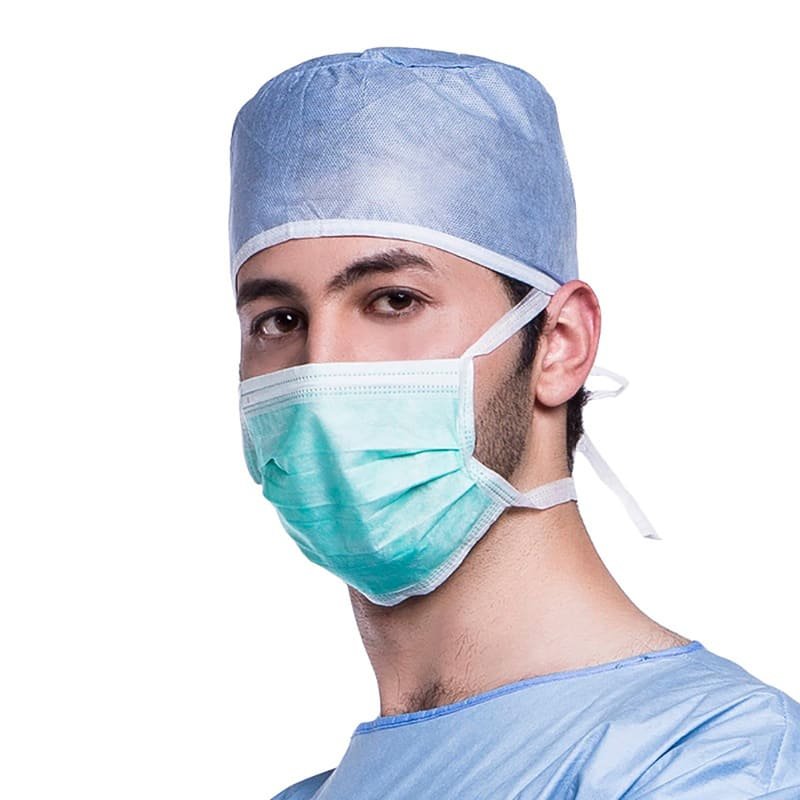What is a surgical mask?
A surgical mask is a disposable, loose-fitting mask that creates a physical barrier between the mouth and nose of the wearer and potential contaminants in the immediate environment. These are often referred to as face masks, but not all face masks are regulated as surgical masks. Surgical masks are made in different thicknesses and with different abilities to protect you from contact with liquids.
The primary purposes of surgical masks are:
1. Protection: They protect the wearer from sprays, splashes, and large-particle droplets; they also prevent the spread of potentially infectious respiratory secretions from the wearer to others.
2. Maintain Sterility: In surgical settings, the masks help maintain a sterile environment, ensuring that no contaminants from the surgeon’s mouth or nose reach the patient.
3. Filtration: Some surgical masks also offer a certain degree of filtration, blocking potentially harmful particulates from being inhaled.
Why ties are more popular than earloops in surgical masks?
1. Secure Fit: Ties can offer a more secure fit, especially over extended periods. The mask can be tied snugly and tailored to fit different face shapes, whereas earloops might not always guarantee the same level of snugness.
2. Comfort Over Extended Use: For medical professionals who wear masks for extended periods, ties can be more comfortable as they don’t exert pressure behind the ears.
3. Tradition: Historically, surgical masks have been tied and some professionals are accustomed to this style.
However, surgical masks with earloops do exist and are used, especially in non-surgical medical environments or for public use. The choice between ties and earloops often comes down to personal preference and the specific application of the mask.











